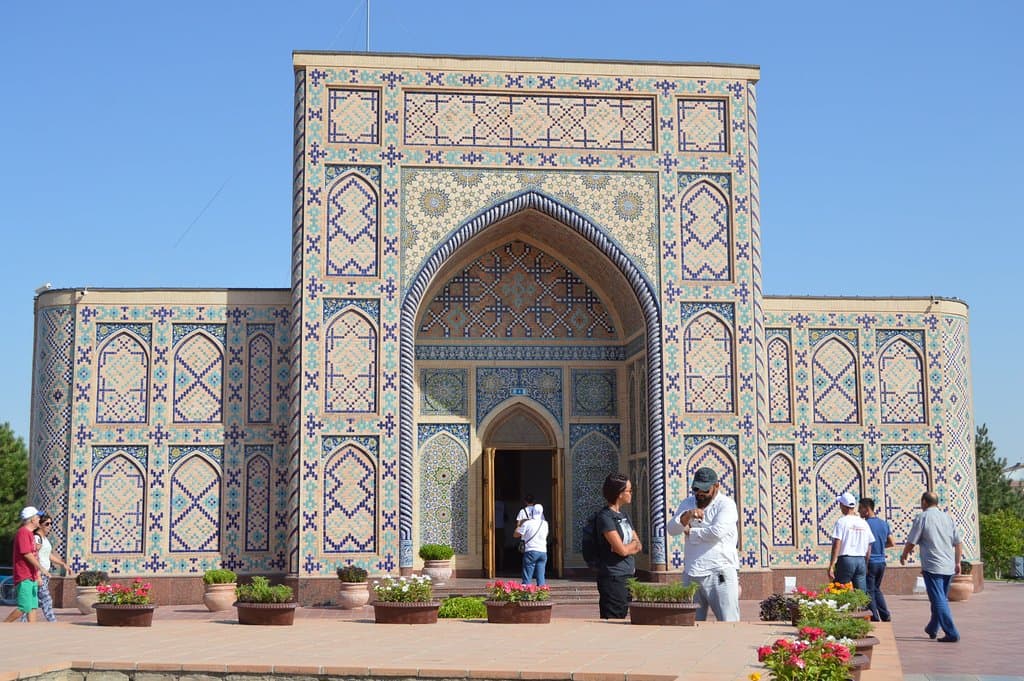
Ulugh Beg Observatory
A 15th-century marvel of Islamic astronomy, featuring the remains of a giant sextant and a museum dedicated to Ulugh Beg's scientific legacy.
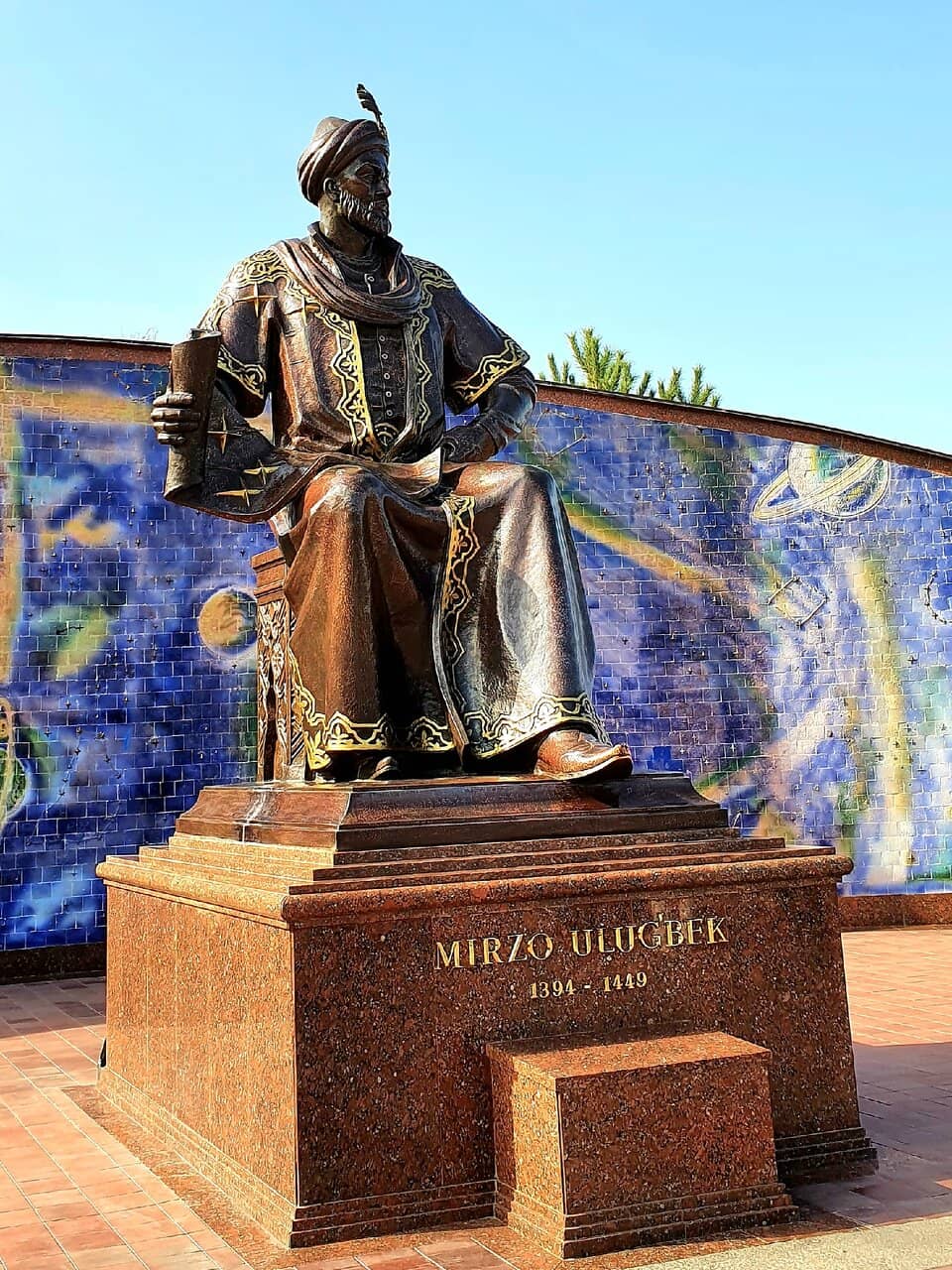
Highlights
Must-see attractions
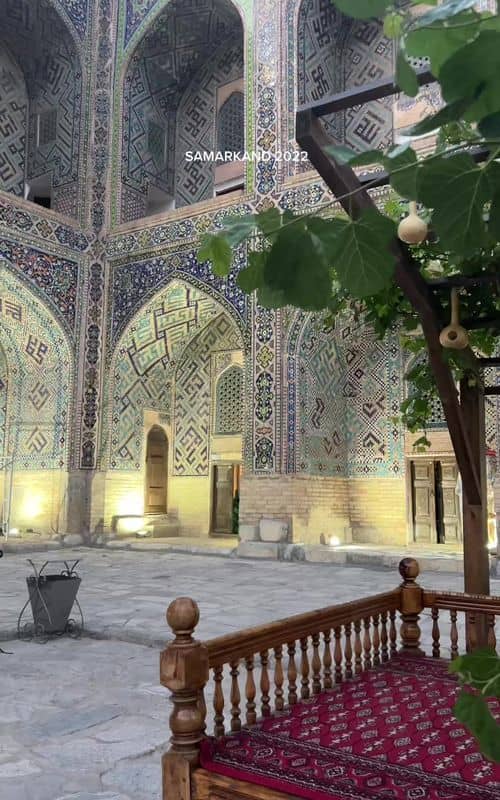
Social
From TikTok & Reddit
Best Time
Fewer crowds, better light

Ulugh Beg Observatory
Best Time
Fewer crowds, better light

Highlights
Must-see attractions
A 15th-century marvel of Islamic astronomy, featuring the remains of a giant sextant and a museum dedicated to Ulugh Beg's scientific legacy.
"A historical gem for astronomy lovers, despite its modest size and fee."
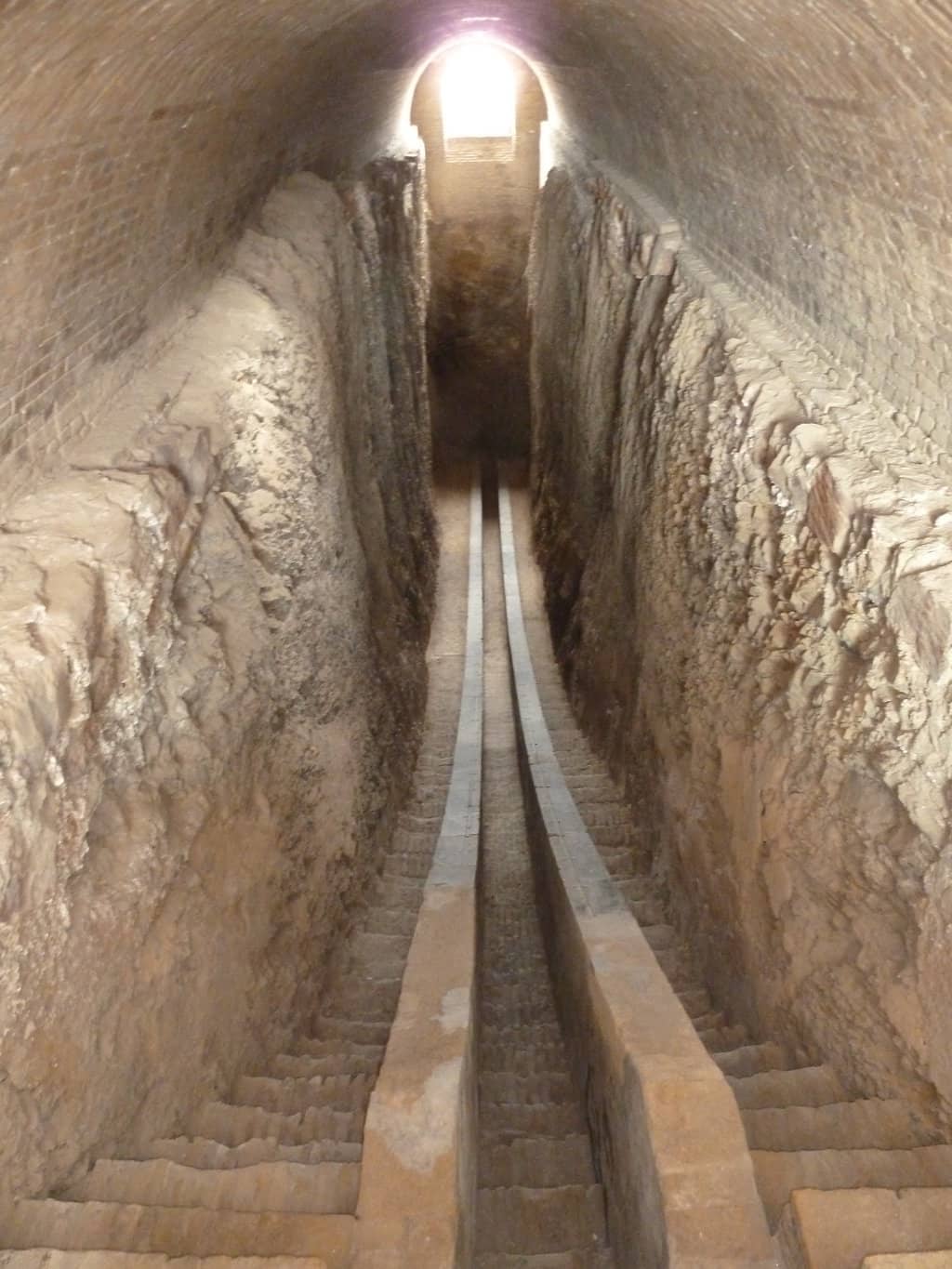
🎯 Manage Expectations
Understand that much is gone; focus on the historical context and the visible arc.
⏰ Go Early to Avoid Crowds
Morning visits offer a more peaceful experience and better lighting for photos.
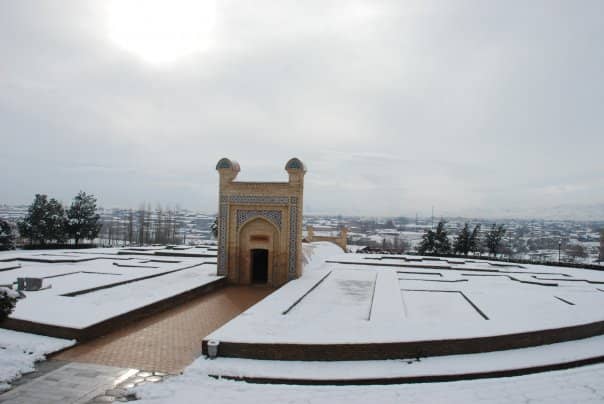
Highlights
Discover the most iconic attractions and experiences
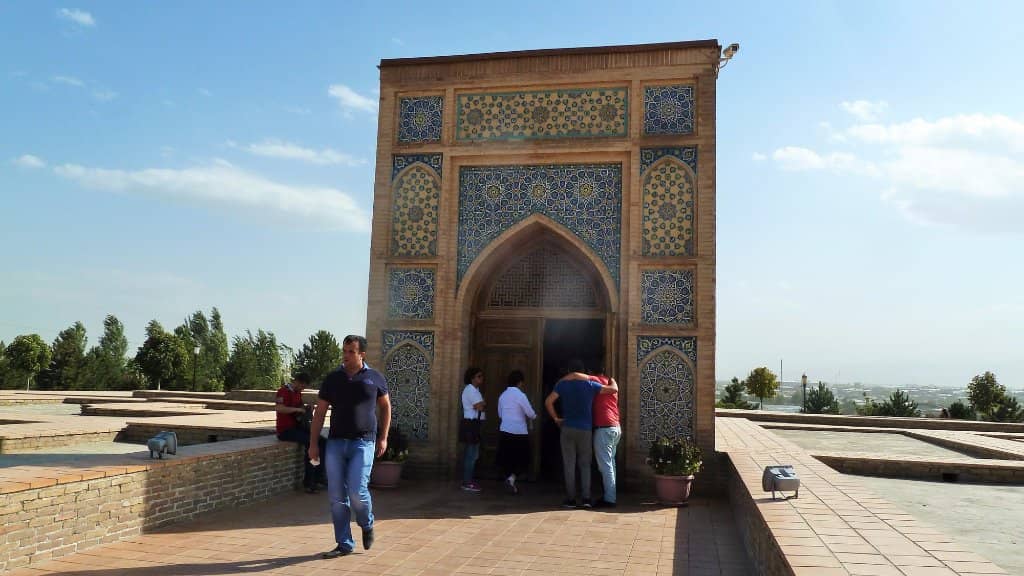
The Great Sextant (Quadrant)
Underground arc
The partially buried marble arc of a massive 15th-century sextant, used for precise celestial measurements.
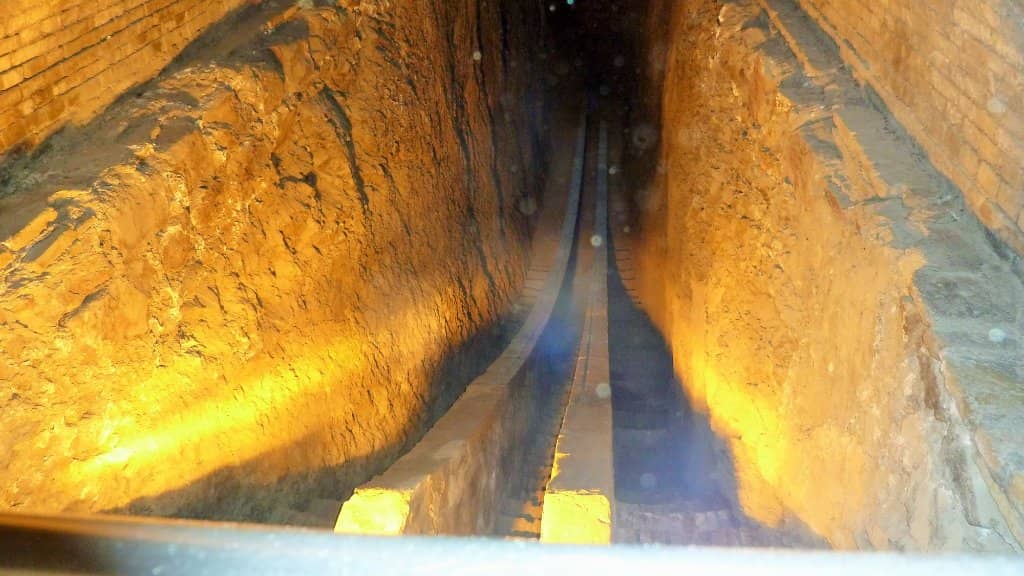
Ulugh Beg Observatory Museum
Adjacent building
A small but informative museum showcasing replicas, historical panels, and the legacy of Ulugh Beg's astronomical work.

Statue of Ulugh Beg
Exterior
A prominent statue of the astronomer-prince Ulugh Beg, a fitting tribute to his scientific contributions.
Plans like a pro.
Thinks like you
Planning Your Visit
Manage Expectations for a Historical Site
Best Time to Visit for a Peaceful Experience
Best Times
Insider Tips
from TikTok, Instagram & Reddit
🎯 Manage Expectations
Understand that much is gone; focus on the historical context and the visible arc.
⏰ Go Early to Avoid Crowds
Morning visits offer a more peaceful experience and better lighting for photos.
💰 Entrance Fee Consideration
Some find the fee steep for the preserved artifacts; weigh against historical interest.
🔭 Appreciate Astronomical History
Learn about Ulugh Beg's scientific achievements to enhance your visit.
Tips
from all over the internet
🎯 Manage Expectations
Understand that much is gone; focus on the historical context and the visible arc.
⏰ Go Early to Avoid Crowds
Morning visits offer a more peaceful experience and better lighting for photos.
💰 Entrance Fee Consideration
Some find the fee steep for the preserved artifacts; weigh against historical interest.
🔭 Appreciate Astronomical History
Learn about Ulugh Beg's scientific achievements to enhance your visit.
📸 Capture the Scale
The underground sextant arc is a unique sight; try to capture its impressive dimensions.
What Travellers Say
Reviews Summary
Visitors acknowledge the Ulugh Beg Observatory's historical significance as a 15th-century astronomical hub, particularly noting the impressive underground sextant arc. However, many find the site small and the entrance fee steep given the limited preserved artifacts and the modest museum.
"I visited Ulugbek’s Observatory in Samarkand with high hopes; after all, this place is legendary. Built in the 1420s under the Timurid astronomer-prince Ulugh Beg, it was once one of the world’s great observatories, famed for its huge sextant (or quadrant), star catalogues, and the work of scholars like Al-Kashi and Ali Qushji.
Today, what remains is impressive but limited. Much of the original instruments are gone, the marble arc trench (part of the giant quadrant) is visible underground, and a modest museum stands beside the site with some replicas, panels, and stories about Ulugh Beg’s scientific achievements.
Entrance fee was 75,000 soms, which felt steep considering how little is preserved and how much you’ll either need to imagine or know in advance to appreciate. Without a guide, a lot of context is lost though i wouldn't recommend going with a guide, so going early morning helps; fewer crowds, better lighting, more peace to soak it in.
Still, for history lovers or anyone curious, it’s worth seeing. The view, the sense that you’re standing where great minds once calculated the stars; it has power. If you like science, history, or just striking old ruins, I’d recommend stopping by; but go in with realistic expectations."
Anthony Olisa Jr.
"When Europe was in the dark ages and the science was surpresed by chatolic church, Ulugbek and his colleagues were progressive and open minded. Museum is small but a good insight in to all the findings."
Jure Šumi
"There are two parts to the visit: the small museum and the underground arc instrument. Both are worth seeing and give a great glimpse into the history of astronomy in Samarkand.
The entrance fee was 150,000 UZS for two people and included access to both sections. It took us around 30 minutes to see everything. Short but definitely worth it if you’re interested in science or history!"
Angelica Reyes
What People Like
What People Dislike
Frequently Asked Questions
🚇 🗺️ Getting There
The Ulugh Beg Observatory is located on the outskirts of Samarkand. Taxis are readily available and are the most convenient way to reach the site. You can also consider hiring a car and driver for the day if you plan to visit multiple attractions.
Public transport options to the observatory might be limited and less direct. Taxis or ride-sharing apps are generally recommended for ease and speed.
The observatory is a short drive from Registan Square, typically around 15-20 minutes depending on traffic.
Yes, it's common to combine a visit with other Samarkand attractions like Registan Square, Gur-e-Amir, and Shah-i-Zinda, especially if you have a full day.
For efficient travel between sites like the Ulugh Beg Observatory and the city center, taxis or pre-arranged drivers are highly recommended.
🎫 🎫 Tickets & Entry
The entrance fee can vary, but recent reports suggest around 75,000 to 150,000 UZS for foreigners. It's advisable to check the current price upon arrival.
Tickets can typically be purchased on-site. Advance booking is usually not necessary unless you are part of a large tour group.
Information on discounts is not widely available. It's best to inquire at the ticket counter if you believe you might qualify for any concessions.
The ticket usually grants access to both the small museum and the underground section where the remains of the giant sextant are visible.
Opening hours can vary, but it's generally open during daylight hours. It's recommended to check locally or online for the most up-to-date information.
🎫 🔭 Onsite Experience
You can see the preserved underground arc of the massive 15th-century sextant and a small museum with replicas and historical information about Ulugh Beg's astronomical work.
English-speaking guides may not always be readily available on-site, which is why some visitors recommend going early to explore independently or doing some research beforehand.
A visit to the Ulugh Beg Observatory typically takes about 30 minutes to an hour, depending on your interest level and whether you read all the museum displays.
Children interested in history and science might find it engaging, especially the concept of ancient astronomy. However, the site is small, so keep their attention span in mind.
It was one of the greatest observatories of the medieval Islamic world, built by the astronomer-prince Ulugh Beg, and produced a significant star catalogue.
📸 📸 Photography
The underground sextant arc offers a unique perspective. The exterior with the statue and the surrounding landscape also provide good photo opportunities.
Photography policies can vary. It's best to check for signage or ask staff before taking pictures inside the museum.
Early mornings or late afternoons offer softer light, ideal for capturing the historical site and its features.
Drone usage is generally restricted at historical and cultural sites in Uzbekistan. It's advisable to avoid bringing drones to prevent issues.
A standard camera or smartphone is sufficient. A wide-angle lens can be helpful for capturing the scale of the sextant arc.
For Different Travelers
Tailored advice for your travel style
👨👩👧 Families with Kids
To make the visit more engaging, consider researching some basic facts about constellations or planets beforehand. This can help children connect with the purpose of the observatory. The statue of Ulugh Beg can also serve as a focal point for storytelling about rulers who were also scholars.
🤓 History & Science Buffs
While the physical remains are limited, the historical context is immense. Researching the scholars who worked here, like Al-Kashi, and their contributions will greatly enhance your appreciation. The museum, though small, offers valuable insights into Ulugh Beg's progressive scientific approach during a time when such pursuits were suppressed elsewhere.
📸 Photography Enthusiasts
Aim for early morning or late afternoon light to capture the site in its best glow. The soft, directional light can highlight the architectural details and create a more dramatic atmosphere. While the museum itself might have restrictions, the exterior and the visible arc are excellent for photography.
Deep Dives
In-depth insights and expert knowledge
The Astronomical Legacy of Ulugh Beg
The observatory's most remarkable feature was its colossal sextant, also known as a quadrant. This instrument, with a radius of approximately 40 meters, was partially buried underground to ensure stability and allow for incredibly precise measurements of celestial bodies. It enabled astronomers to determine the altitude of stars and planets with unprecedented accuracy, contributing significantly to the understanding of the cosmos during the medieval period.
While the original instruments are largely lost to time, the visible remains of the sextant's arc and the accompanying museum provide a tangible connection to this rich scientific heritage. Visiting the observatory offers a glimpse into a period when Islamic scholars were at the forefront of scientific discovery, pushing the boundaries of human knowledge even as Europe was in its 'Dark Ages'.
Exploring the Site Today
Adjacent to the observatory ruins is a small museum. This museum houses replicas of astronomical instruments, informative panels detailing Ulugh Beg's life and scientific achievements, and artifacts that shed light on the period. While modest in size, it serves as a crucial educational component, providing context and background for those unfamiliar with the observatory's history.
Outside the main site, a statue of Ulugh Beg stands as a prominent landmark, honoring the astronomer-prince. The surrounding area offers pleasant views, and the overall atmosphere encourages reflection on the historical significance of the location. Despite the limited preserved structures, the site's historical weight and the ingenuity it represents make it a worthwhile stop for history and science enthusiasts.

Social
from TikTok, Instagram & Reddit